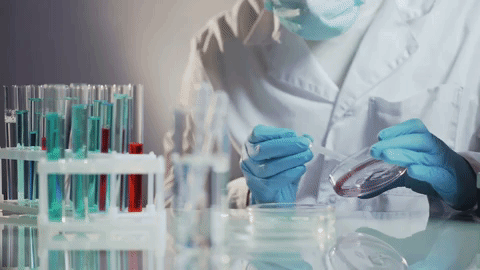AUXILIARIES

I. PRETREATMENT CHEMICALS
Pretreatment Chemicals are used to convert raw fiber / yarn / fabric into substrates suitable for dyeing, printing and finishing. These fibers / yarns / fabrics could be of cotton, wool, silk, synthetics and blends of these.
The Pre-treatment Processes include :
Desizing (Removal of size), Scouring / Wetting (removal of oils, waxes, dirt etc. thus imparting absorbency), Bleaching (removal of natural colouring matter) and Mercerizing (increasing dye ability, luster and strength).
Pretreatment requirements are as follows :
• Uniformity and levelness of effects
• High absorbency
• Low ash content
• Freedom from size
• High degree of whiteness
• Absolute absence of husks
• High dye absorbing power
Thus Pretreatment occupies a critical position in Wet Processing. More than 60% of problems encountered in finished fabrics are directly attributed to lack of proper preparation.
II A. DYEING CHEMICALS
The dyes used in this mass colouration are specific for a particular substrate and are classified with regard to their chemical constitution, substantivity to the fiber type and method of application.
To achieve the best dyeing results the following criteria are important :
Pretreatment requirements are as follows :
• Levelness and optimum depth / shade of the dyeing
• Dye solubility / dispersing property of the dye
• Good fastness properties
II B. PRINTING CHEMICLAS
One of the several printing methods using printing ink, paste or dispersion is applied to the fabric and then fixed to the fiber by heat or heat and steam. Excess dye is removed from the fabric by washing and detergent scouring and the fabric is subsequently dried. Printing styles can be broadly classified into Direct, Dyed, Discharge and Resist.
Printing methods vary with machinery and include : Block Printing, Roller Printing, Screen Printing (Table, Flatbed, Rotary), Spray Printing and Foam Printing. The types of dyes used in textile printing are usually the same classes that confer substantively to given fiber types in the exhaust dyeing process. There are several types of printing in vogue e.g. Pigment, Vat, Reactive, Disperse, Rapid, Napthol / Base.
III. FUNCTIONAL FINISHES AND SPECIALITY
Textile materials undergo several chemical treatments from the raw stage to finished product. These processes (Desizing, Scouring, Bleaching, Dyeing, Washing etc.) cause the surface of the fibres to become rough and harsh. This leads to the fabric having an unpleasant feel. To solve this problem textile materials are treated with substances, called "Softeners" which give a pleasant feel.